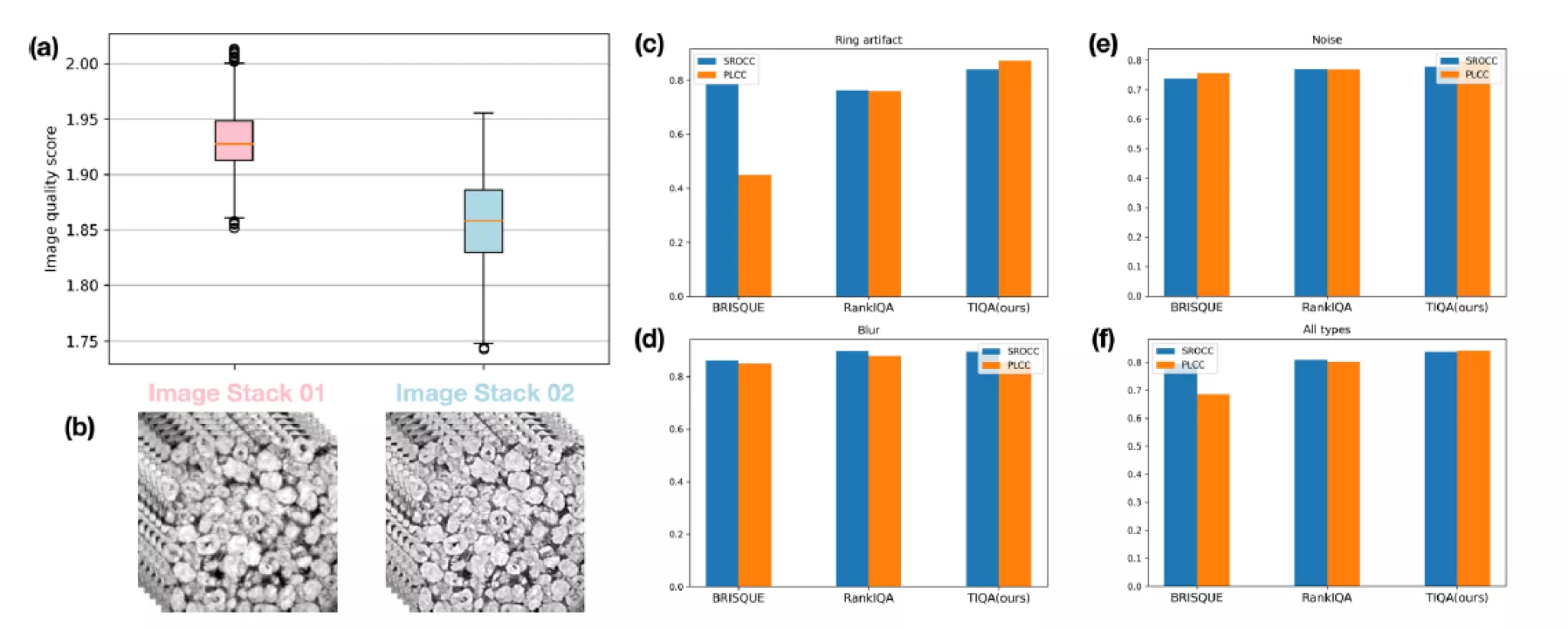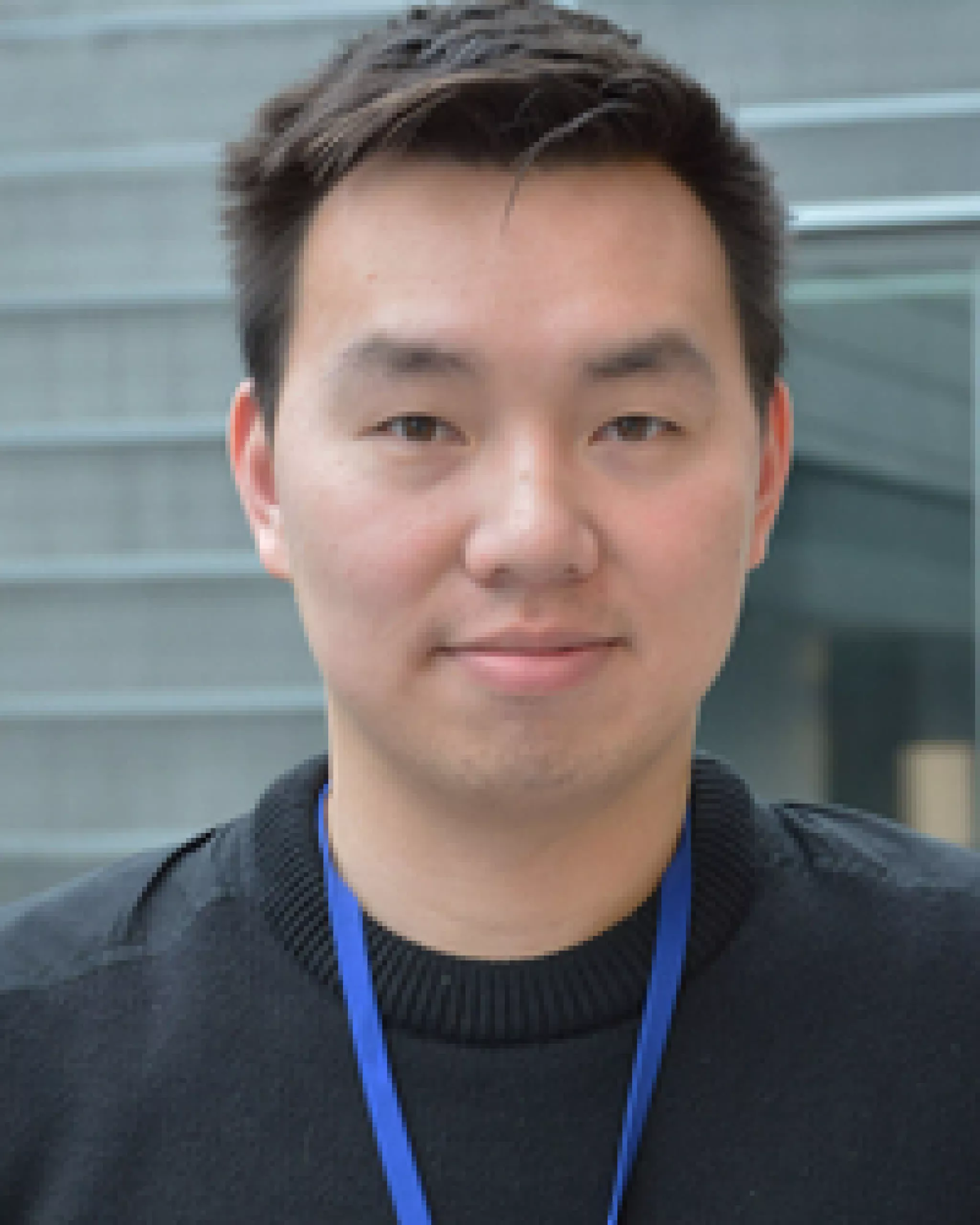Human biases in X-ray computed tomography
Assessing a 3D image characterization to the complex microstructure of batteries, and especially lithium-ion batteries, can be done from less than a decade by X-ray computed tomography (XCT). This non-destructive technique helps visualizing, and characterizing the microstructure of electrodes, and at the end, allows researchers to investigate how to optimize the electrode design in batteries.
XCT follows several steps, including a pre-processing step (consisting of reducing the image artefacts caused by the image acquisition and creation), and a segmentation process (consisting of classifying image pixels into different classes). Ultimately, artefacts can occur and distort the image. Theses artefacts added to human self-perception can cause misinterpretation of the image, leading to uncertainties when quantifying different metrics based on the image.
To avoid these type of biases distinct IQA (image quality assessment) methods have been proposed, but most of them are focusing on natural images and require a huge number of annotated labels, which are not practical for X-ray tomography images.
This is why the authors from the team Image&Diffraction from the LRCS (A. Demortière) proposed a new method called TIQA (X-ray Tomographic Image Quality Assessment) allowing the observer-dependence to be removed from the pre-processing and the segmentation step. With only dozens of annotated images for training, TIQA achieves outperformed results (cf. figure). On top of that, it drastically reduces the time-consuming task of selecting good images, facilitates the automatization of X-ray tomography image analysis, and provides a more reliable assessment of pre-processing image results without any observer-dependence.
Let's hope that this development, if it becomes regular, will allow us to better and faster design battery electrodes.

Figure: TIQA method excels in assessing the quality of tomography images showing the highest correlation score.

Tuan-Tu Nguyen
I started my study of Mechanical Engineering at INSA Lyon. As I realized that the future development of electric vehicles was inevitable, I continued my education with a Master focusing on electric vehicles (EVs). Among all the elements of the EV, I was mainly interested in the battery system as it is the key of the entire system. This is what brought me to quit my engineering career to pursuit a PhD on battery modeling & characterization.
During my PhD at the LRCS (PhD CIFRE-Renault), my main interest was to find the ways to improve the performance of the Li-ion battery through the design of the electrodes. I was using numerical models as a powerful tool to understand better the physics underlying the system which allows to shorten the breakthrough innovation.
My experience within the RS2E was very good. Through the network, I had access to different laboratories with state-of-the-art facilities. Also, the network proposes many opportunities to participate in best-in-class conferences with not only talented researchers but also big industry players.